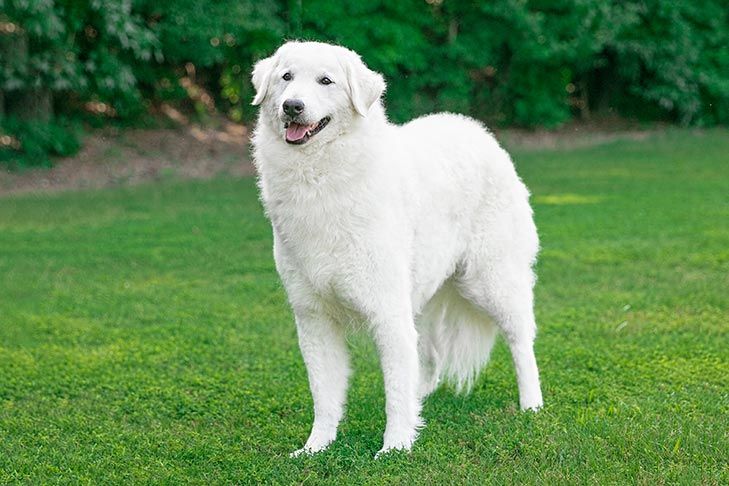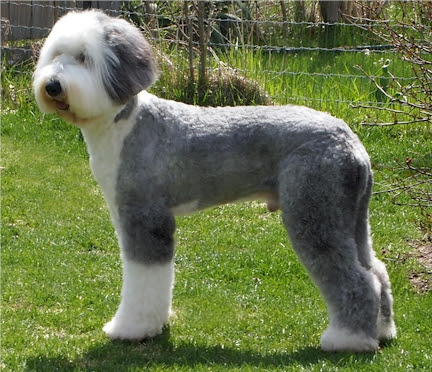Are you curious about the captivating coat color of Merle Pomeranians? In this article, we will delve into the fascinating world of Merle Pomeranians and explore the intricacies of their unique coat color. From the history of the Merle gene to the characteristics of this stunning coloration, we will uncover all you need to know about these charming little pups. Join us as we uncover the secrets behind the Merle Pomeranian coat color!
What is a Merle Pomeranian?
Definition of Merle coat color
A Merle Pomeranian is a unique breed of Pomeranian that has a distinctive coat color pattern known as Merle. Merle is a genetic trait that causes a marbling effect on the dog’s coat, with patches of color spread throughout a lighter base color. This results in a beautiful and eye-catching coat that makes Merle Pomeranians stand out from other breeds.
Genetics of Merle coloring in Pomeranians
The Merle coat color in Pomeranians is a result of a dominant gene called the Merle gene. This gene affects the distribution of pigment in the dog’s fur, leading to the characteristic marbling pattern. When two dogs with the Merle gene breed, there is a chance that their offspring will inherit the Merle coloring. However, it’s important to note that breeding two Merle Pomeranians together can result in health issues such as deafness and blindness in the puppies, so responsible breeding practices are essential when working with Merle-colored Pomeranians.
Characteristics of Merle Pomeranians
Merle Pomeranians have unique coat color patterns that consist of a mottled or marbled effect. This distinctive coloring is a result of a genetic trait that causes random dilution of pigment in the dog’s fur. Merle Pomeranians can have a wide range of colors in their coat, including shades of grey, black, white, and tan.
Variations in Merle coat patterns
There are several variations in Merle coat patterns seen in Pomeranians. Some Merle Pomeranians have a solid base color with patches or streaks of the Merle pattern overlaying it. Others may have a more evenly distributed Merle pattern throughout their coat. Additionally, some Merle Pomeranians may have a high degree of contrast between their base color and the Merle pattern, while others may have a more subtle blending of colors.
Health concerns related to Merle coloring
While Merle Pomeranians are visually striking, it’s important to be aware of potential health concerns associated with the Merle coloring gene. Merle coloring is linked to a genetic mutation which result in health issues such as deafness, blindness, and skin problems. It is crucial for Merle Pomeranian owners to monitor their dog’s health closely and seek veterinary care if any issues arise.
Care tips for Merle Pomeranians
To care for a Merle Pomeranian, it’s important to provide regular grooming to maintain their coat’s health and appearance. Regular brushing and baths can help keep their fur clean and prevent matting. Additionally, Merle Pomeranians should be kept out of direct sunlight for extended periods to reduce the risk of skin issues related to their coloring. Proper nutrition, regular exercise, and routine vet check-ups are also essential for keeping a Merle Pomeranian happy and healthy.
Breeding Merle Pomeranians
Breeding Merle Pomeranians can be a complex and controversial topic in the dog breeding world. It is important for breeders to prioritize ethical practices and avoid potential genetic issues to ensure the health and well-being of these unique coat color Pomeranians.
Ethical breeding practices for Merle Pomeranians
When breeding Merle Pomeranians, it is crucial for breeders to prioritize the health of the dogs above all else. This includes conducting health screenings for potential genetic issues that are associated with the Merle gene, such as deafness or blindness. Breeders should also ensure that both parents are in good health and have sound temperaments before breeding.
Avoiding potential genetic issues
To avoid potential genetic issues associated with the Merle gene, breeders should never breed two Merle Pomeranians together. This can result in what is known as a “double Merle” or “lethal white” puppy, which can have serious health issues. Breeders should also be aware of other genetic issues that may be present in Pomeranians and take steps to avoid passing them on to future generations.
Regulations and controversies surrounding Merle breeding
There are regulations and controversies surrounding Merle breeding in the dog breeding community. Some organizations and breed clubs have strict guidelines in place to regulate Merle breeding to ensure the health and well-being of the dogs. However, there are also controversies surrounding the ethics of breeding for specific coat colors, including Merle. It is important for breeders to stay informed about these regulations and controversies to make informed decisions about their breeding practices.
Merle Pomeranian is a truly unique and eye-catching breed with its distinctive coat color pattern. While the gene responsible for the merle coloring can also bring along potential health risks, responsible breeding practices can help minimize these issues. Whether you’re a fan of the Merle Pomeranian for its aesthetic appeal or its playful personality, this breed is sure to capture the hearts of dog lovers everywhere. With proper care and attention, the Merle Pomeranian can make a wonderful and loyal companion for anyone looking to add a touch of uniqueness to their lives.







